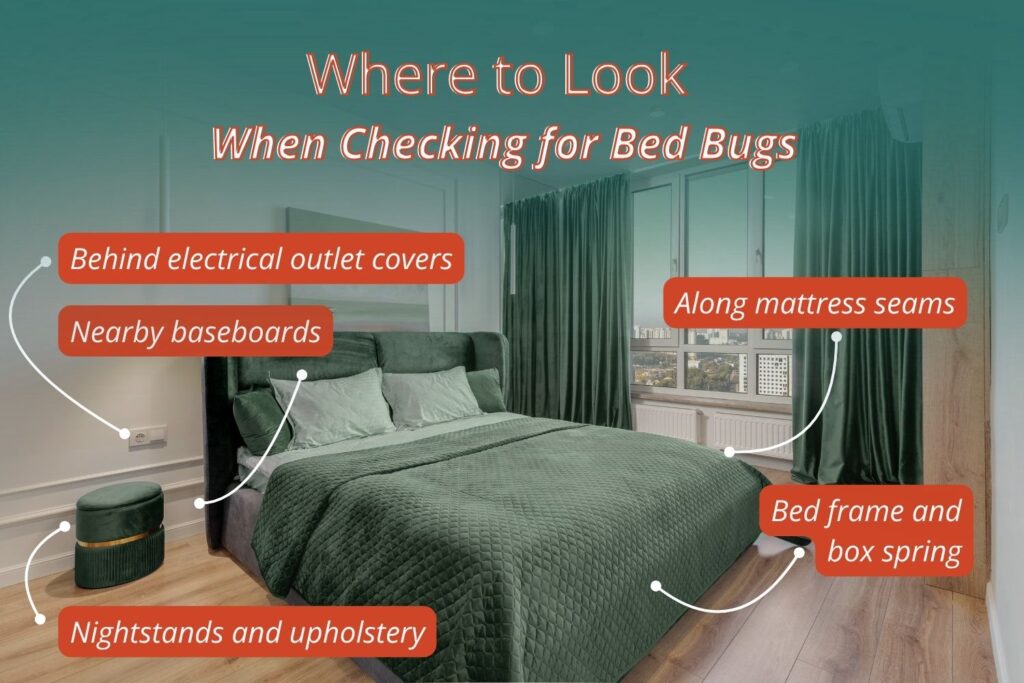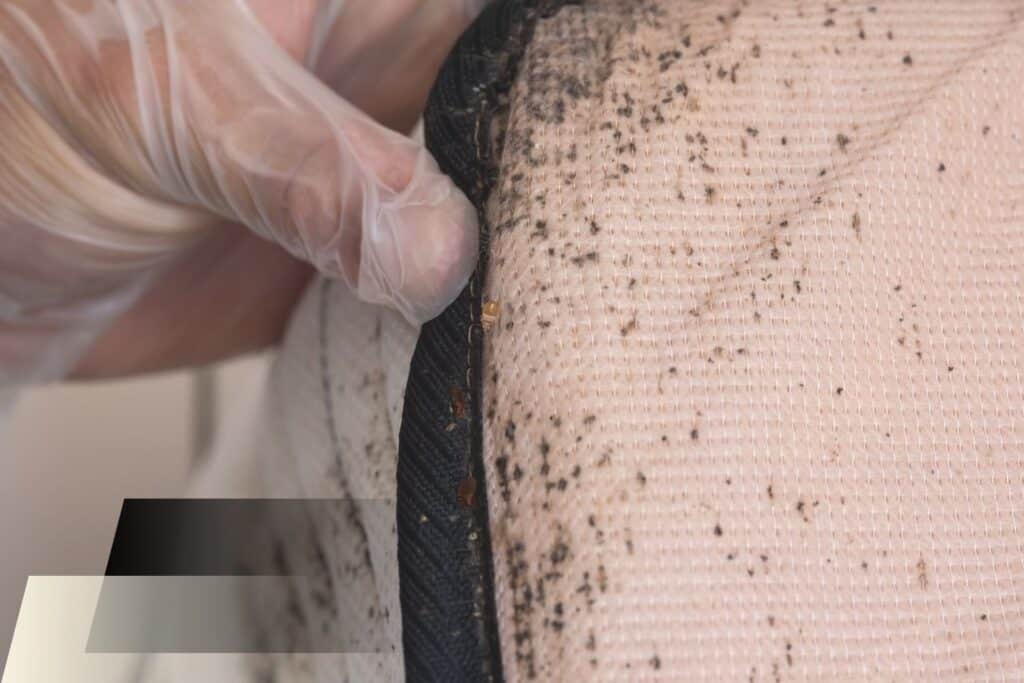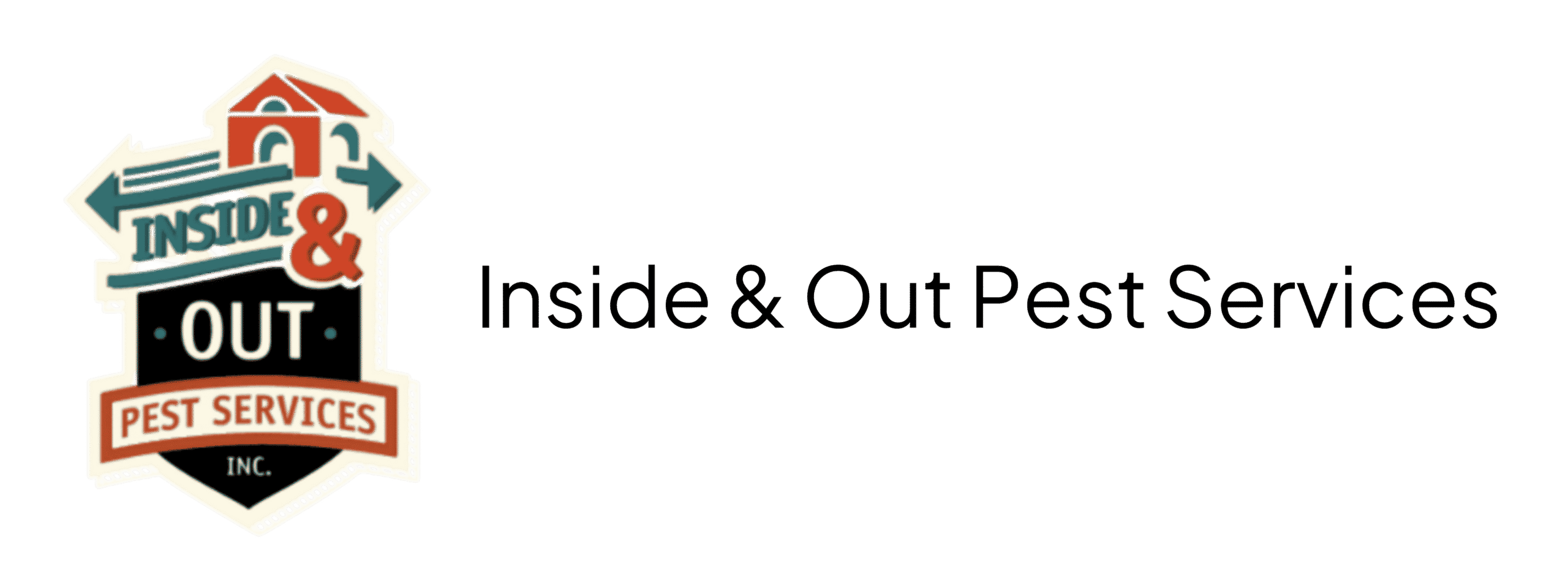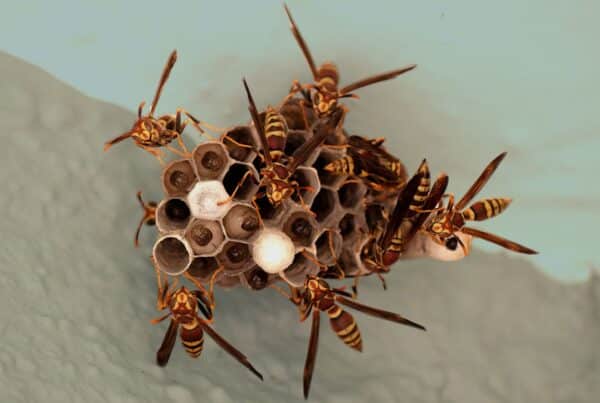Bed bugs are one of the most frustrating pests homeowners and renters can encounter. They are small, skilled at hiding, and can spread quickly once they get inside. If you suspect bed bugs or just want to stay ahead of a possible problem, knowing how and where to check for them is key.
Whether you suspect an infestation or want to be familiar before moving or traveling, here is what you need to know.
Early Detection Matters
Bed bugs are easiest to deal with when caught early. Small infestations are less costly and easier to control than widespread problems.
Once bed bugs have had time to spread, treatment becomes more complex and often requires multiple visits. They can expand into walls, furniture, and other hiding spots
Early detection also reduces the risk of spreading bed bugs to other areas of your home or to other people’s homes. According to the National Pest Management Association, bed bugs can move between apartments or units through small cracks and shared walls.

Where Bed Bugs Like to Hide
Bed bugs are drawn to places where people spend time resting or sleeping. They typically stay close to a food source, which means they are often within a few feet of beds or couches.
However, they can travel farther if the infestation is large.
Here are the most common places to check:
• Along mattress seams, especially near the head of the bed
• In cracks in the bed frame or headboard
• Under box springs
• Behind baseboards or trim near the bed
• Inside nightstands and other bedroom furniture
• In folds and seams of upholstered furniture like sofas and chairs
• Behind electrical outlet covers or loose wallpaper near sleeping areas
In heavy infestations, bed bugs may also be found farther from the bed. They can hide in curtain folds, ceiling cracks, or even inside electronics.
What to Look For
Bed bugs themselves are small, about the size of an apple seed, and reddish-brown. But you may see other signs before spotting the bugs. These include:
• Tiny dark spots on sheets or mattresses, which may be bed bug droppings
• Small pale-yellow shed skins as they grow
• Tiny white eggs, about the size of a pinhead
• Rust-colored stains from crushed bugs
According to the Centers for Disease Control and Prevention, bed bugs do not spread disease, but their bites can cause itching, allergic reactions, and sleepless nights.
How to Check for Bed Bugs
1. Start with the bed
Use a flashlight and carefully inspect seams, tufts, and folds of the mattress. Pay special attention to corners and areas near the head of the bed where bed bugs are more likely to hide.
2. Move to the box spring and frame
Look along the edges and in cracks where parts connect. Remove the mattress to get a better view of the frame.
3. Check furniture nearby
Inspect nightstands, dressers, and upholstered furniture within a few feet of the bed. Open drawers and look at joints and undersides.
4. Look behind and under
Shine a light behind baseboards, under rugs, and around electrical outlets. Bed bugs can squeeze into very small spaces.
If you find signs of bed bugs in one area, it is a good idea to expand your search to nearby rooms, especially in shared living spaces like apartments or condos.
What Inspectors and Professionals Check
When Inside & Out Pest Services inspects a home for bed bugs, we go beyond the obvious. Our team checks areas most people overlook, such as under carpet edges, inside light fixtures, and behind wall hangings.
We also look for signs of long-term infestation, such as clusters of shed skins or eggs hidden deep in furniture joints.
For landlords, property managers, and real estate agents, professional inspections provide documentation that can protect everyone involved in a sale or rental.
A thorough inspection helps avoid surprises that could delay closing or move-in dates.

What to Do if You Find Bed Bugs
If you confirm bed bugs, avoid moving furniture or bedding to other parts of the home. This can spread the pests. Instead…
• Limit access to the affected area
• Wash and dry bedding, curtains, and clothing on high heat
• Use sealed bags to transport items that need cleaning
• Call a licensed pest control professional
DIY treatments rarely eliminate bed bugs completely. Effective treatment usually combines chemical and non-chemical approaches, and follow-up inspections are often needed to confirm success.
Prevention Tips
Prevention starts with awareness. Bed bugs are often brought into a home on luggage, used furniture, or clothing.
To be safer…
• Check hotel rooms for signs of bed bugs before unpacking
• Avoid bringing home discarded furniture without inspecting it carefully
• Use protective covers on mattresses and box springs
• Reduce clutter around beds to limit hiding spots
If you live in a multi-unit building, sealing cracks around baseboards, outlets, and pipes can also help prevent bed bugs from moving between units.
Bed bugs do not mean a home is dirty, but their presence can affect the value of a property and how quickly it sells or rents.
Conclusion
Knowing how and where to check for bed bugs can help you catch a problem early, before it becomes a major headache. By focusing on the right places and signs, you can protect your home and your peace of mind.
If you find signs of bed bugs or want help confirming your home is clear, Inside & Out Pest Services is here to help with thorough inspections and effective solutions.



